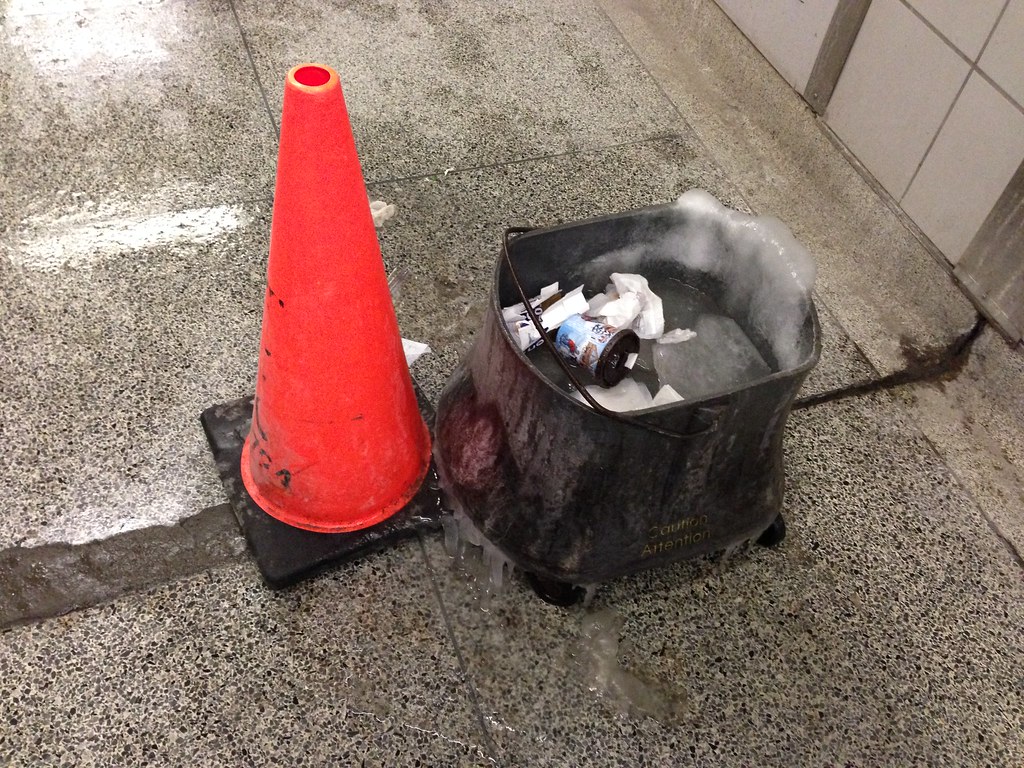ticky
Active Member
Another water main break inside a TTC station this morning. This time, St. Clair.
Seems a little unusual this keeps happening.
Seems a little unusual this keeps happening.
Another water main break inside a TTC station this morning. This time, St. Clair.
Seems a little unusual this keeps happening.
If they weren't underground, though, they wouldn't flood!
Another water main break inside a TTC station this morning. This time, St. Clair.
Seems a little unusual this keeps happening.
Another water main break inside a TTC station this morning. This time, St. Clair.
Seems a little unusual this keeps happening.

You can see a Timmies cup in it.At Queens Park there are buckets set up that collect leaks from the ceiling. The water in them is frozen. What a mess.

Andy Byford is making a speech right now about the TTC's inadequacies.
The TTC has about 100 million more riders than STM, yet receives about $250 million from the city while Montreal gets $400 million.
Thing is that the TTC has the most trouble securing operating expenses, not capital. Politicians love the photo ops that capital projects provide, but actually running the vehicles is less sexy.






